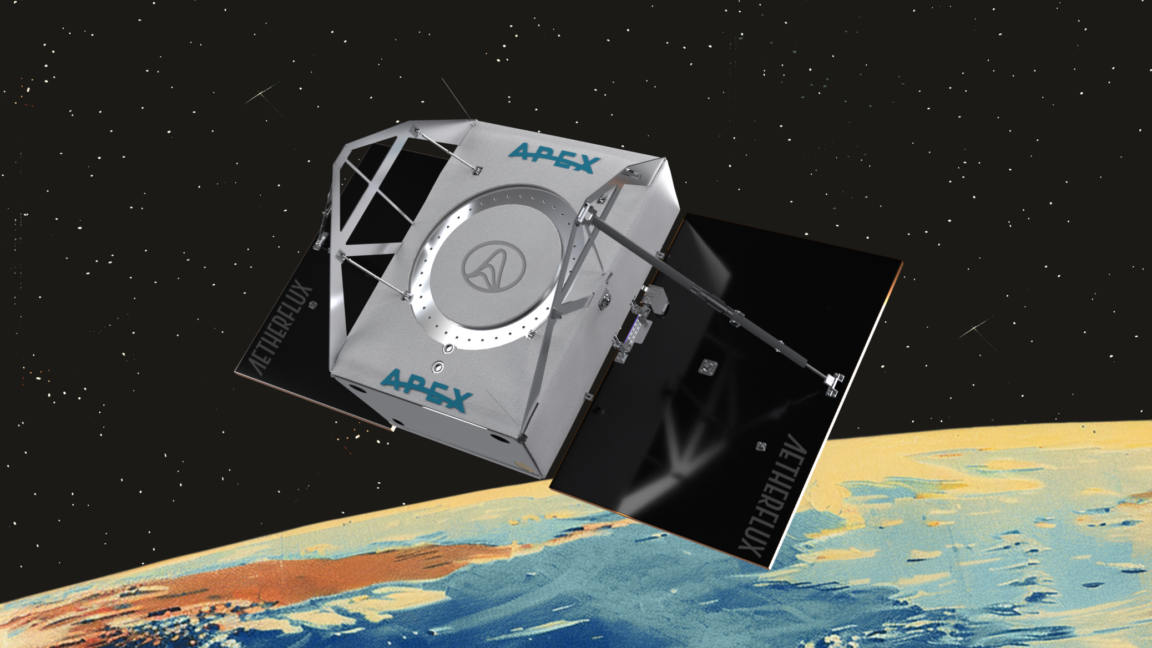In the long term, there’s the potential to provide a base load of power to augment the intermittent availability of terrestrial wind and solar energy—a key need if the world is to de-carbonize its electricity generation.
But that’s probably putting the cart before the horse. One of the biggest challenges of space-based solar power is that it has always been theoretical. It should work. But will it work? Trying out a low-cost demonstrator mission in the next couple of years is a fine way of finally putting that question to rest.



It’s gonna be interesting to see how hardware that’s meant to run a lot of power through it will survive over time in the harsh radiation conditions of space over a prolonged mission, even if it were in LEO. A lot of these components would have to run at lower than intended voltages to provide operational margins of stacking single event effects, which is a huge problem for something that’s supposed to act as a kind of power plant. Mitigating failures with redundant components would also not be very effective if they’re effectively the same design as they’d be susceptible to the same failure modes as the parts they’re supposed to substitute during the mission.
Good luck to them either way. We need creative ways to get a constant source of renewable energy to get us off fossil fuels.
Cheap upmass should make it easier to add more radiation shielding and redundancy without as much of a cost hit.
They should just hire a professional undervolter. If professional overclocking exists surely professional undervolting exists?